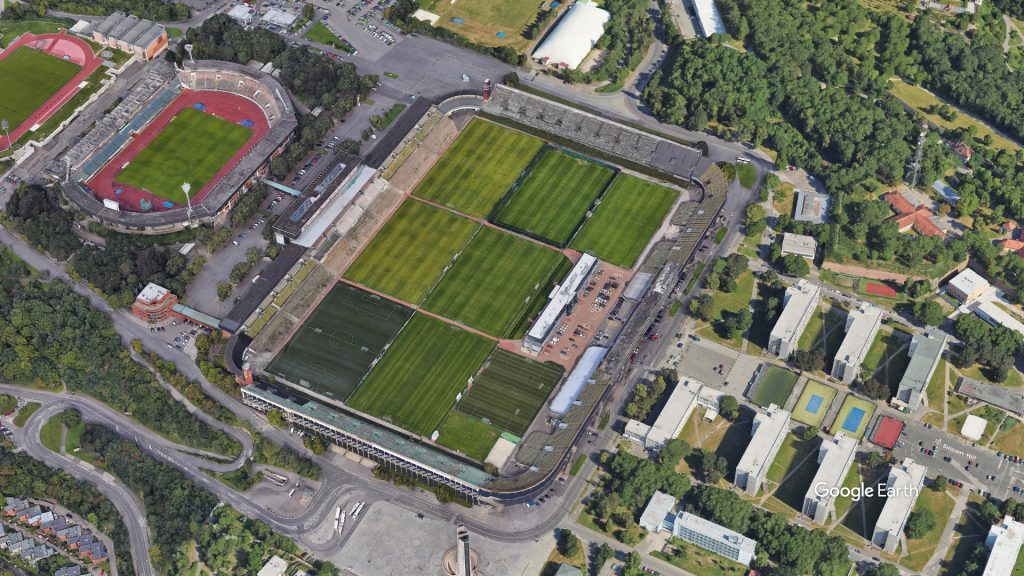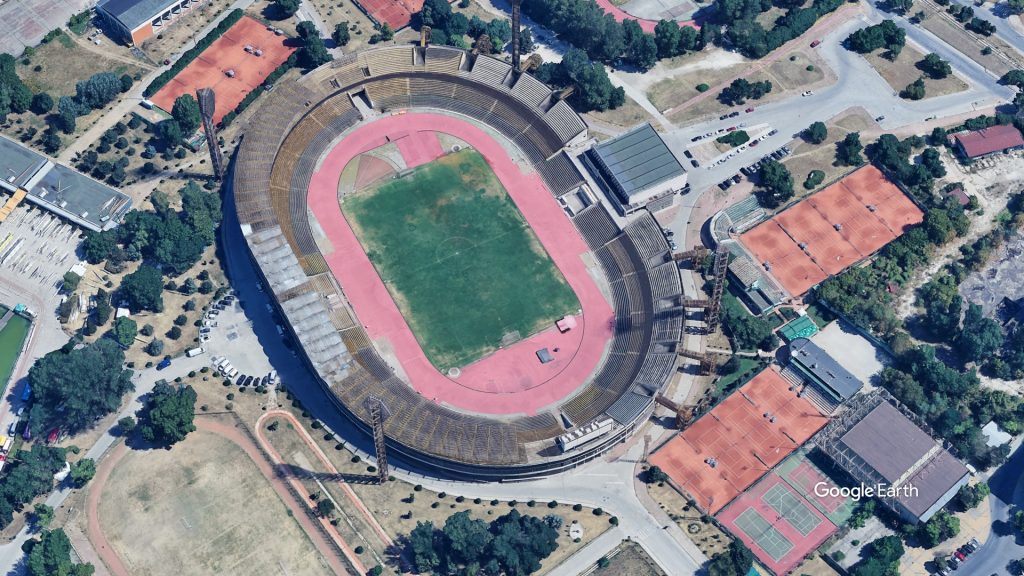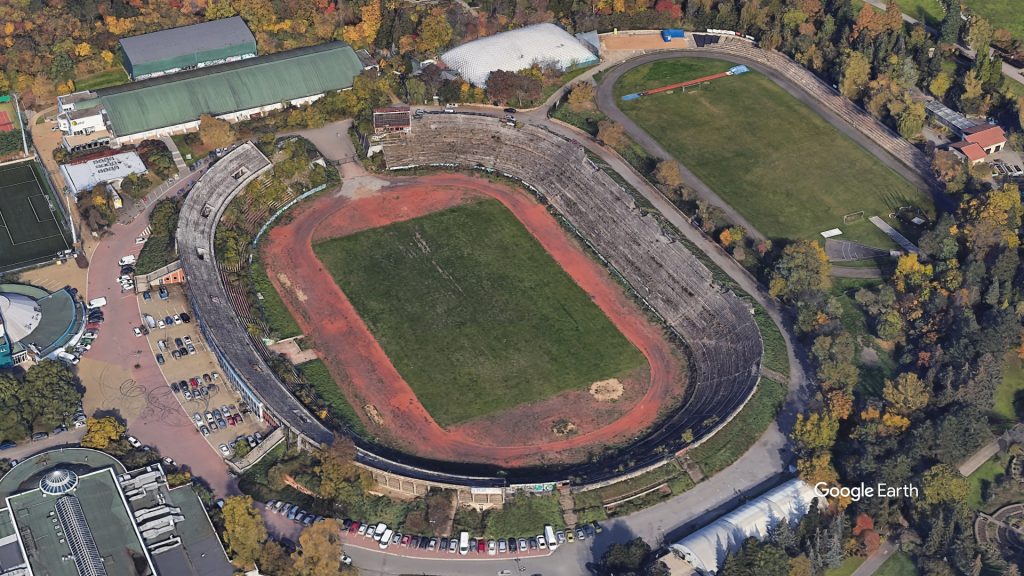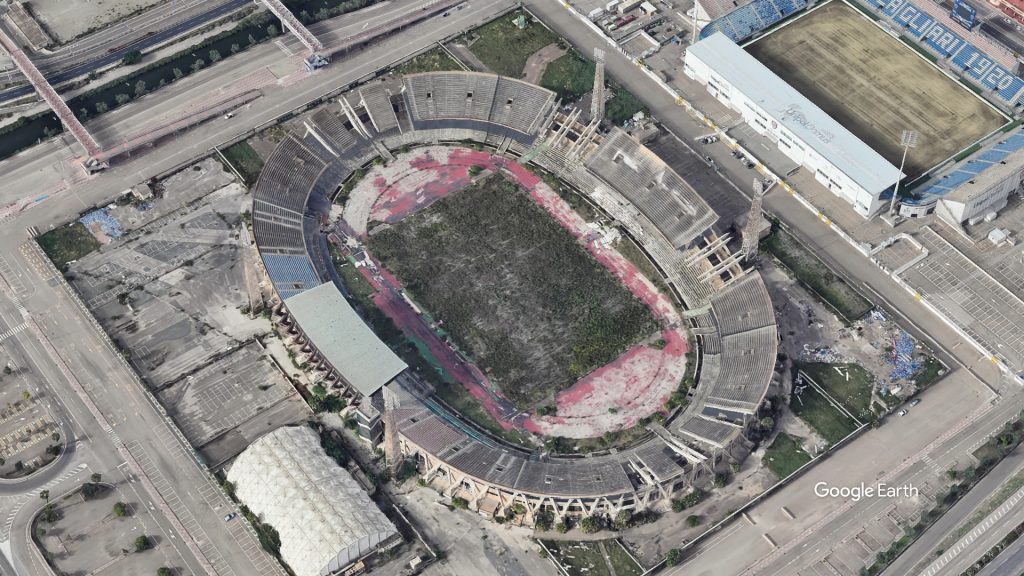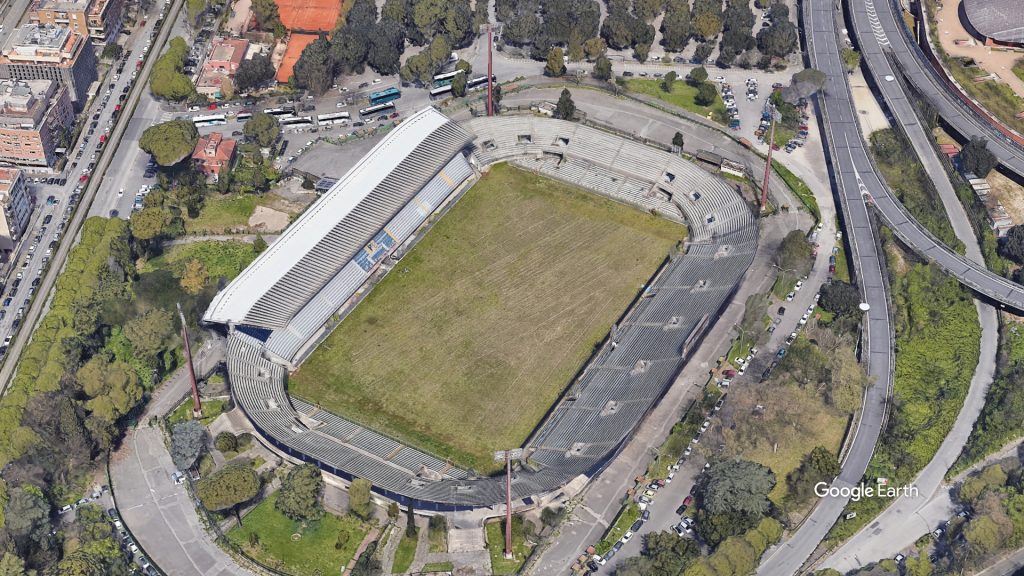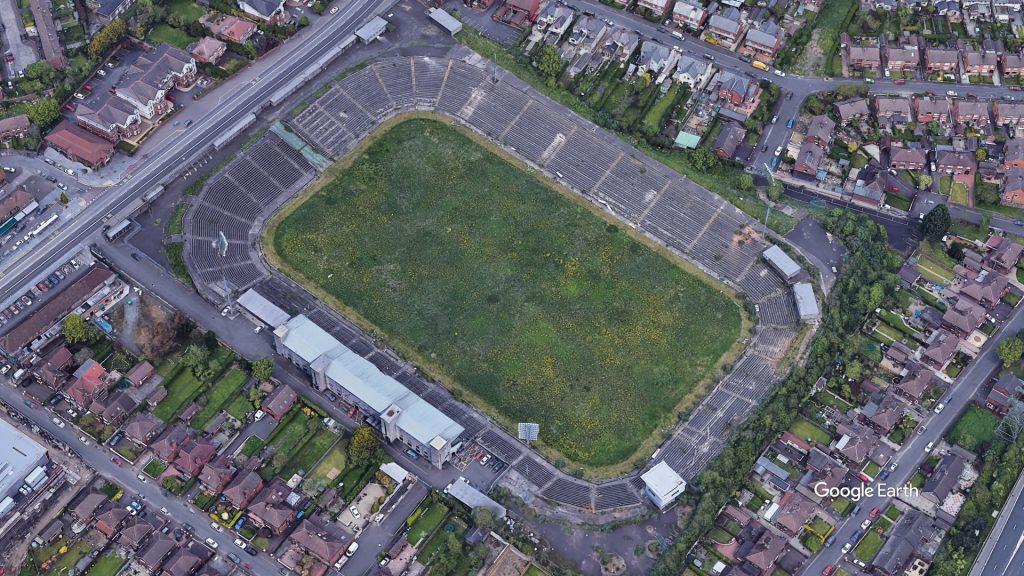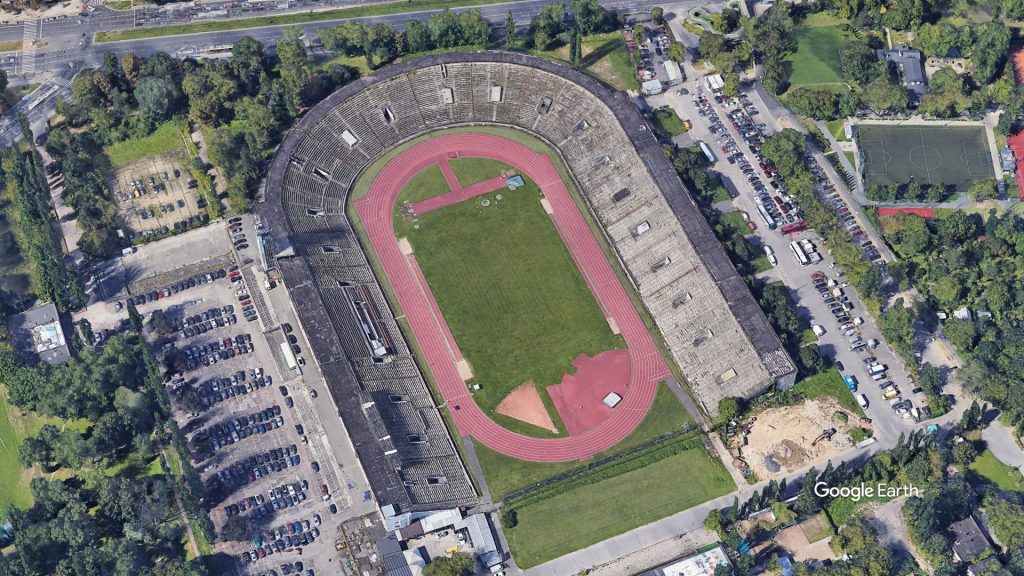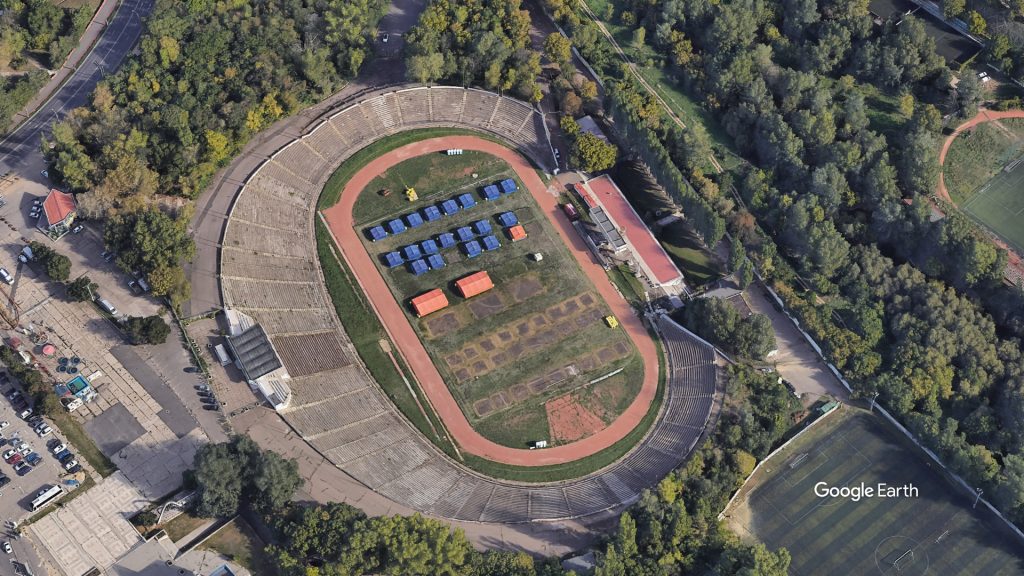Across Europe, grand stadiums that once roared with the cheers of thousands now stand silent and forgotten, left to the ravages of time and nature.
These abandoned stadiums, whether due to financial troubles, changes in sporting habits, or simple neglect, serve as poignant reminders of Europe’s rich and varied sporting history. Some, like the New Mestalla, stand unfinished, reflecting financial miscalculations, while others, such as Strahov Stadium, are relics of long-gone political regimes. While some may eventually be restored or repurposed, many will continue to crumble, serving as haunting monuments to times past.
In this article, we will have a look at them.
Great Strahov Stadium (Prague, Czech Republic)
Strahov Stadium, once the largest stadium in the world, stands as a relic of a different time.
Built in 1926, the stadium was used for gymnastics events and Communist-era Spartakiads, mass gymnastics shows that could draw up to 250,000 spectators. With the end of the Communist regime, Strahov fell into disuse.
Today, some parts of the stadium are occasionally used for training or concerts, but large portions lie abandoned and decaying.
Stadion Plovdiv (Plovdiv, Bulgaria)
Milmoor Ground, once the home of Rotherham United, now stands abandoned after the club moved to a new stadium in 2018.
Despite its long history, dating back to 1920, the stadium which could hold up to 8,000 people was left to deteriorate after its closure.
Nou Mestalla (Valencia, Spain)
The Nou Mestalla in Valencia is an example of an unfinished, rather than an entirely abandoned stadium.
Construction began in 2007 with plans to replace Valencia CF’s iconic Mestalla Stadium, but financial difficulties brought the project to a halt in 2009.
Despite several attempts to revive construction, the New Mestalla remains a concrete skeleton, with unfinished stands and exposed steel beams.


